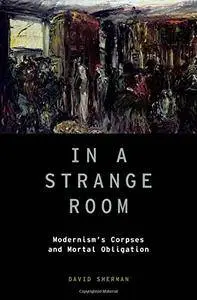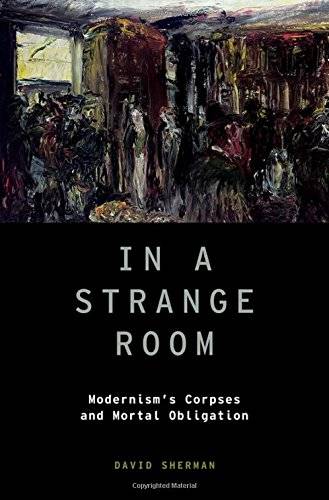In a Strange Room: Modernism's Corpses and Mortal Obligation (Modernist Literature and Culture, Book 21) by David Sherman
English | 2014 | ISBN: 0199333882 | 288 pages | PDF | 20 MB
English | 2014 | ISBN: 0199333882 | 288 pages | PDF | 20 MB
Literary modernism emerged as death, stripped in the developing world of traditional meanings and practices, became strange. The sea-change over the first part of the twentieth century in how people died and tended corpses-the modernization of death-was a crucial context in which modernist writers developed their new novelistic and poetic techniques. They sought ways to renovate mortal obligations in an age of the obsolescence of the dead.
For many years, the flesh-and-blood body has been a central protagonist in literary scholarship–the body in pain, the body as spectacle and performance, embodiments of social identity–but the body in its mortality, as corpse, has not received sustained critical attention. Filling this gap, In a Strange Room investigates modernism's preoccupation with corpses, death rituals, and the ethical demands the dead make on the living who survive them.
Informed by insights from psychology, anthropology, political theory, and philosophy, David Sherman shows how modernist aesthetics sought to re-animate the complex meanings and values of dead bodies during an era of their efficient, medical administration and hygienic disposal. The modernist imagination reckoned with the processes by which the modern corpse became a secularized object increasingly subject to scientific inquiry, governmental regulation, specialized medical technologies, and new forms of market exchange. Chapters explore representations of state power over the war dead in Virginia Woolf and Wilfred Owen, the narrative problem of the unburied corpse in As I Lay Dying and Ulysses, mortal obligation as erotic desire in Eliot's The Waste Land and Djuna Barnes's Nightwood, and mortuary pedagogies embedded in elegies by Wallace Stevens and William Carlos Williams.
Gathering examples from fiction, poetry, and the visual arts, In a Strange Room considers the changing relationship between aesthetics and mortality during the first half of the twentieth century. New attitudes toward dying and dead bodies demanded modernism's strange, bracing ways of representing ethics at the limits of life.



